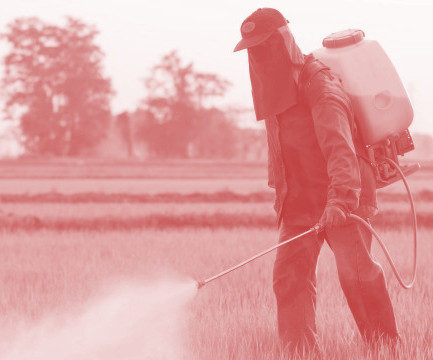Glyphosate found in urine sweep
 The common weedkiller glyphosate has been detected in 8 per cent of urine samples drawn from the general public in a recent study.
The common weedkiller glyphosate has been detected in 8 per cent of urine samples drawn from the general public in a recent study.
Researchers tested urine samples from more than 1,800 Australians and compared them with 27 samples from New Zealand farmers.
“We detected low levels of glyphosate, the world’s most commonly used herbicide chemical, in 8 per cent of the Australian samples,” said University of Queensland researcher Dr Sarit Kaserzon.
“In comparison, there were high levels of glyphosate in 98 per cent of the samples taken from New Zealand farmers straight after they’d sprayed herbicide formulations.
“This indicates a strong link with occupational exposure for frequent users.”
Glyphosate can be ingested in food or water, or inhaled or absorbed through the skin when using products like weed killer.
A recent report by the Center for Disease Control and Prevention in the United States found more than 80 per cent of urine samples drawn from 2,310 American children and adults had traces of glyphosate.
The researchers say people should not be concerned by the low levels detected in the Australian samples, but are advised to use safety precautions.
“There are many ways to reduce exposure to the chemicals we use in the home and garden every day,” said PhD candidate Garth Campbell.
“Farmers, or anyone else who regularly use chemicals containing glyphosate should wear goggles, protective gloves and avoid inhalation of dust and mist.
“I also highly recommend additional measures including protective clothing, mask wearing and hand washing after handling a product with glyphosate, and ensure it is stored safely.”
Dr Kaserzon said there is currently limited evidence around how glyphosate affects human health.
“But by understanding how people are exposed we can reduce or eliminate the potential risk,” she said.
“We hope our research is used to inform and improve regulatory decisions on protecting Australians’ health.”
The full study is accessible here.








 Print
Print